Mistakes for New Gardener to Avoid
ParmaJon
12 years ago
Related Stories
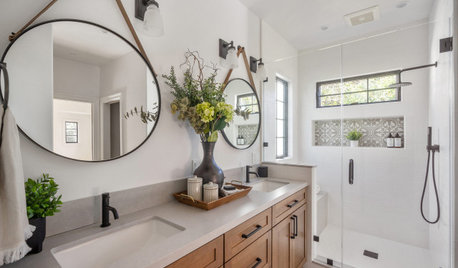
BATHROOM DESIGN5 Common Bathroom Design Mistakes to Avoid
Get your bath right for the long haul by dodging these blunders in toilet placement, shower type and more
Full Story
REMODELING GUIDESGet the Lighting Right: 8 Mistakes to Avoid
See How These Great Interiors Found the Right Lighting Solutions
Full Story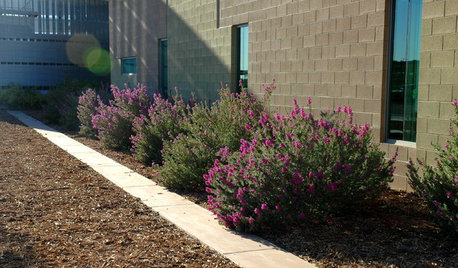
GARDENING GUIDESHow to Avoid Overcrowded, Overpruned Shrubs
Go for a more natural look that’s easier and less expensive to maintain by giving your plants the right amount of growing room
Full Story
MOST POPULARSo You Say: 30 Design Mistakes You Should Never Make
Drop the paint can, step away from the brick and read this remodeling advice from people who’ve been there
Full Story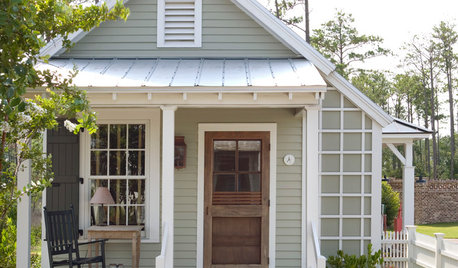
MOVINGHow to Avoid Paying Too Much for a House
Use the power of comps to gauge a home’s affordability and submit the right bid
Full Story
DECORATING GUIDESFrom Queasy Colors to Killer Tables: Your Worst Decorating Mistakes
Houzzers spill the beans about buying blunders, painting problems and DIY disasters
Full Story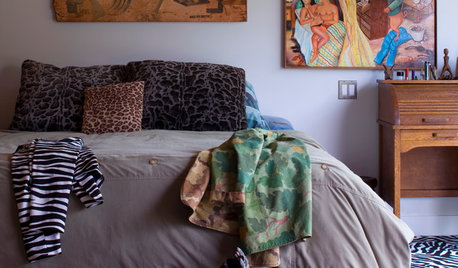
DECORATING GUIDESFix Those 'Whoopsies': 9 Fast Solutions for Decorating Mistakes
Don't suffer in silence over a paint, furniture or rug snafu — these affordable workarounds can help
Full Story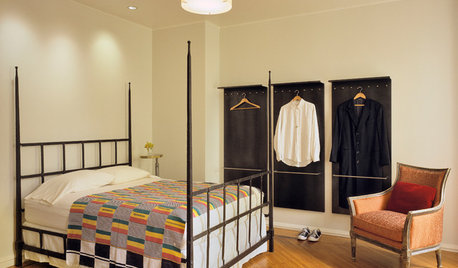
STORAGE9 Ways to Avoid a ‘Floordrobe’ in Your Bedroom
Repeat after me: The floor isn’t storage space for clothes! Tackle the ‘floordrobe’ effect with these smart tips
Full Story
ENTRYWAYS12 Ways to Avoid Entryway Chaos
Make Your Comings and Goings Better With a Bench, Mirror, Cubby and More
Full Story





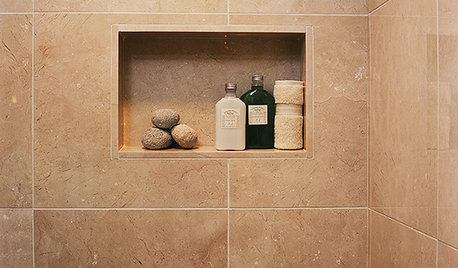

digdirt2
nc_crn
Related Professionals
Southfield Landscape Architects & Landscape Designers · Aberdeen Landscape Contractors · Commack Landscape Contractors · Desert Hot Springs Landscape Contractors · Kettering Landscape Contractors · Lehigh Acres Landscape Contractors · Leicester Landscape Contractors · New Braunfels Landscape Contractors · Pine Hills Landscape Contractors · Suitland Landscape Contractors · Eastlake Landscape Contractors · East Ridge Driveway Installation & Maintenance · Fallbrook Driveway Installation & Maintenance · Northbrook Driveway Installation & Maintenance · Pawtucket Driveway Installation & Maintenanceglib
Edymnion
bi11me
ltilton
digdirt2
georgeneschreiner
gunnersm8
Donna
ltilton
ParmaJonOriginal Author
Jedonne
erin_nc
norma_2006
feijoas
harveyhorses
Belgianpup
RpR_
meldy_nva
ParmaJonOriginal Author
nancyjane_gardener
4hleader
Tim
plot_39
flora_uk
Thyme2dig NH Zone 5
feijoas
imstillatwork
cindycarol12345
voxleo
peterk312
vegetablegardener
ncdirtdigger
zzackey
jsoper